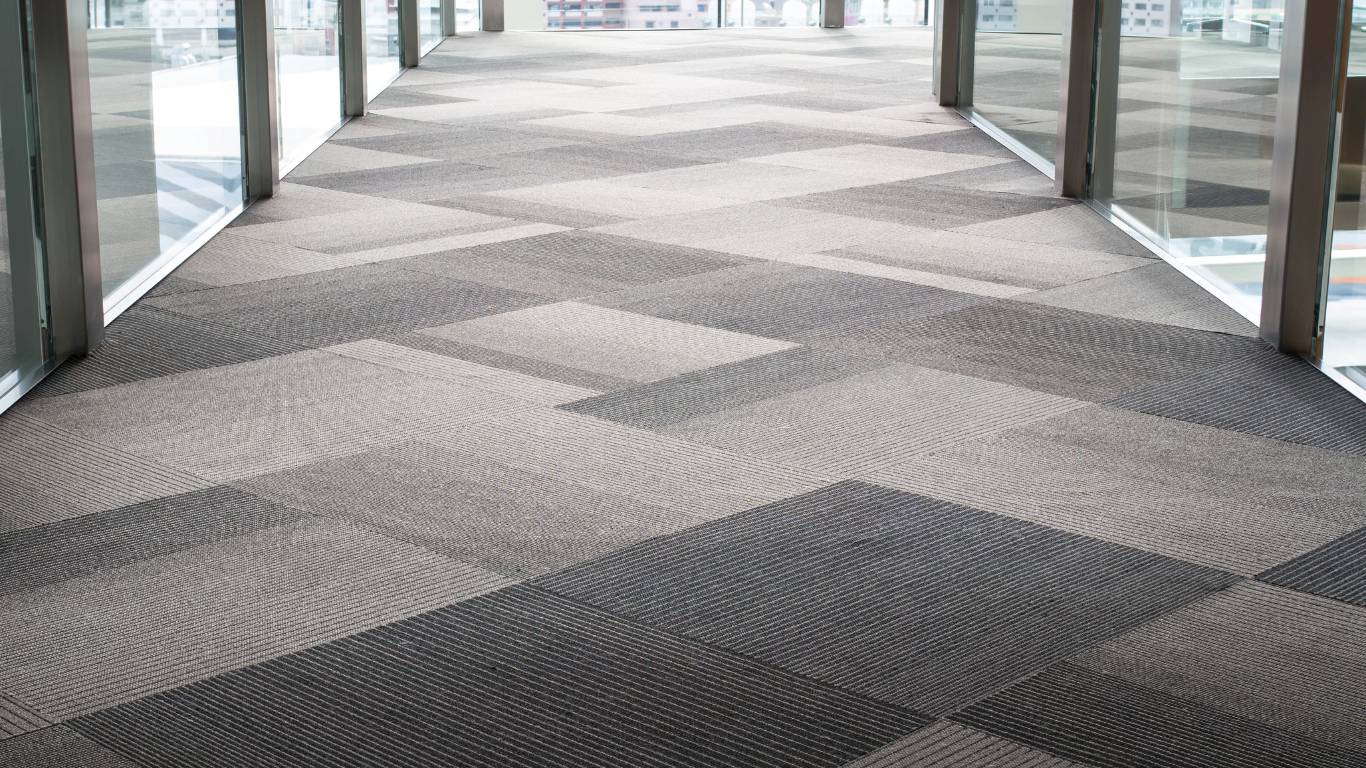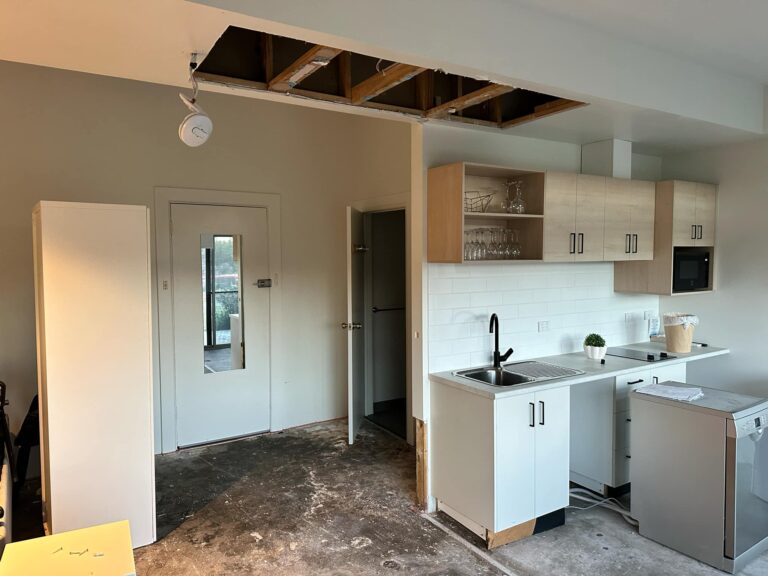Determining how often carpet should be replaced in a rental property in Australia is an important consideration for both landlords and tenants. The lifespan of carpets in rental properties can vary significantly, typically ranging from 5 to 15 years, depending on various factors such as quality, maintenance, and usage. This article explores the intricacies of carpet longevity in Australian rentals, looking at the average durability, factors affecting lifespan, and signs of wear and tear. We’ll also examine the decision-making process for carpet replacement, including health and safety concerns, aesthetic considerations, and cost-benefit analysis. By understanding these aspects, property owners and managers can make informed decisions about carpet replacement, ensuring a balance between property maintenance, tenant satisfaction, and financial prudence.
Carpet Lifespan in Australian Rentals
In the realm of Australian rental properties, carpet longevity is an important consideration for both landlords and tenants. Knowing the expected lifespan of carpets, factors that influence their durability, and signs of wear can help maintain a comfortable living environment while ensuring compliance with rental regulations.
Average Carpet Durability
The durability of carpets in rental properties varies significantly based on several factors. On average, a well-maintained carpet can last between 5 to 15 years under normal use. However, this timeframe can fluctuate depending on the quality of the carpet and the level of foot traffic it endures.
High-quality carpets tend to have a longer lifespan, potentially reaching up to 10 years or more with proper care. In contrast, lower-quality options may require replacement after just three years. It’s worth noting that areas experiencing heavy foot traffic, such as entryways and living rooms, are likely to show signs of wear more quickly than less frequented spaces.
Factors Affecting Carpet Longevity
Several elements contribute to the longevity of carpets in rental properties:
- Quality: The overall quality of the carpet, including its fibre type, thickness, height, and tufting density, plays a significant role in determining its lifespan.
- Maintenance: Regular carpet cleaning and proper care can substantially extend a carpet’s useful life. Professional cleaning services can help remove deep-set dirt and stains that regular vacuuming might miss.
- Foot traffic: Areas with high foot traffic naturally experience more wear and tear, potentially necessitating earlier replacement.
- Environmental factors: Issues such as exposure to sunlight, humidity, and temperature fluctuations can affect carpet durability.
- Tenant behaviour significantly affects carpet longevity. Regular cleaning habits, accidental damage, and how tenants care for the carpet all play a role. Additionally, frequent tenant turnover increases the need for end-of-lease steam cleaning, further impacting the carpet’s lifespan.
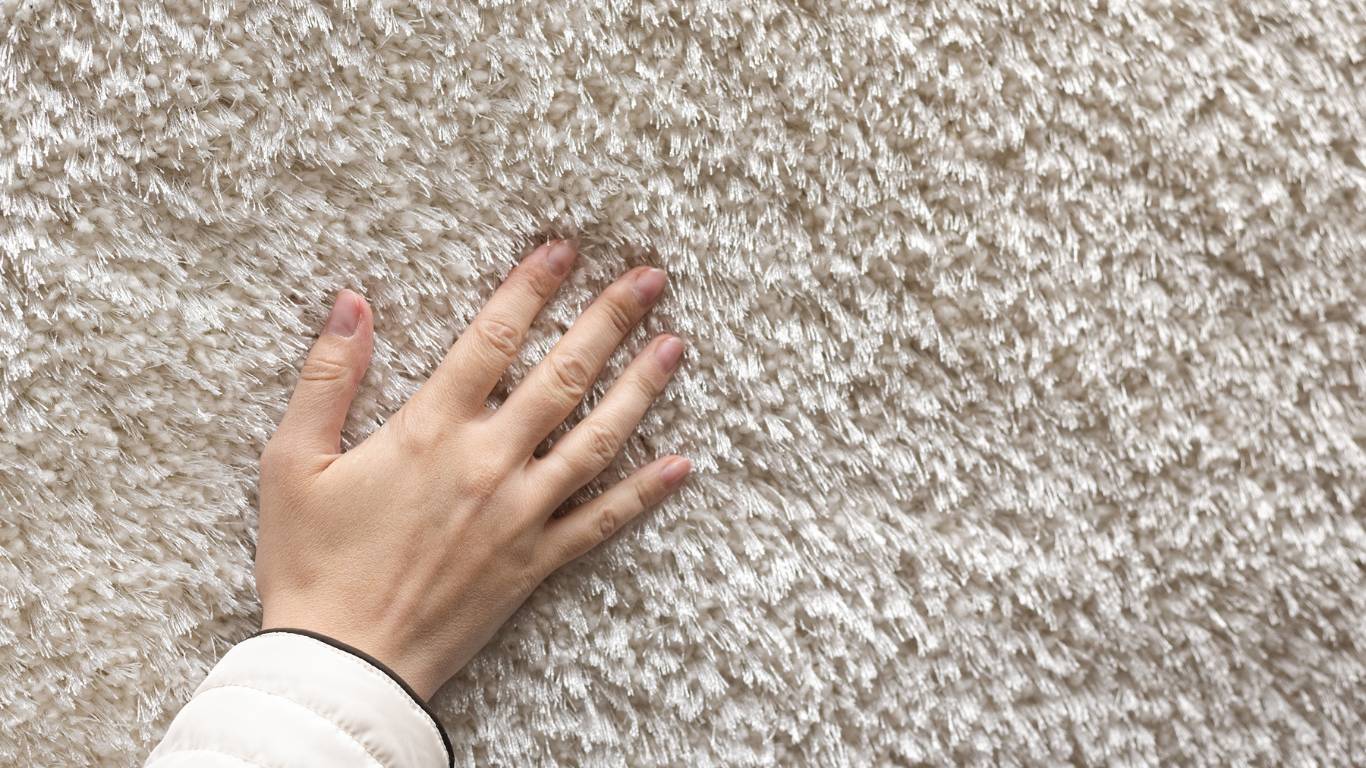
Signs of Carpet Wear and Tear
Recognising the signs of carpet deterioration is crucial for both landlords and tenants. Some key indicators that a carpet may need replacement include:
- Visible wear: Worn patches, fraying, or visible deterioration, especially in high-traffic areas.
- Persistent odours: Unpleasant smells that persist despite professional cleaning, often from sources like pet urine, smoke, or mildew.
- Staining: Deep-set stains that cannot be removed through professional stain removal methods.
- Mould growth: Severe mould contamination that professional cleaning cannot fully eradicate.
- Rips or tears: Damaged sections that pose tripping hazards.
- Allergen accumulation: Over time, carpets can collect dust, dirt, mould spores, insects, pet dander, and allergens, which may lead to health concerns for tenants.
It’s important to note that landlords are generally responsible for replacing carpets when damage extends beyond normal wear and tear. This includes addressing issues like rips, burns, or permanent stains that significantly impact the carpet’s condition or pose health and safety risks.
The “80 Carpet Rule”
An informal guideline known as the “80 carpet rule” provides a useful benchmark for carpet replacement in rental properties. This rule suggests that carpets should be replaced when they reach approximately 80% wear. While not a strict regulation, this guideline can help landlords determine when new carpeting may be necessary to maintain the property’s quality and appeal.
Adhering to this rule can also help landlords avoid potential disputes with tenants over carpet condition and replacement. By proactively addressing carpet wear before it becomes a significant issue, property owners can maintain a positive relationship with their tenants and ensure the rental property remains in good condition.
Carpet Replacement Decision Factors
When considering how often carpet should be replaced in a rental property in Australia, several factors come into play. Landlords and property managers must weigh various aspects to make informed decisions about carpet replacement. Let’s explore the key elements that influence this process.
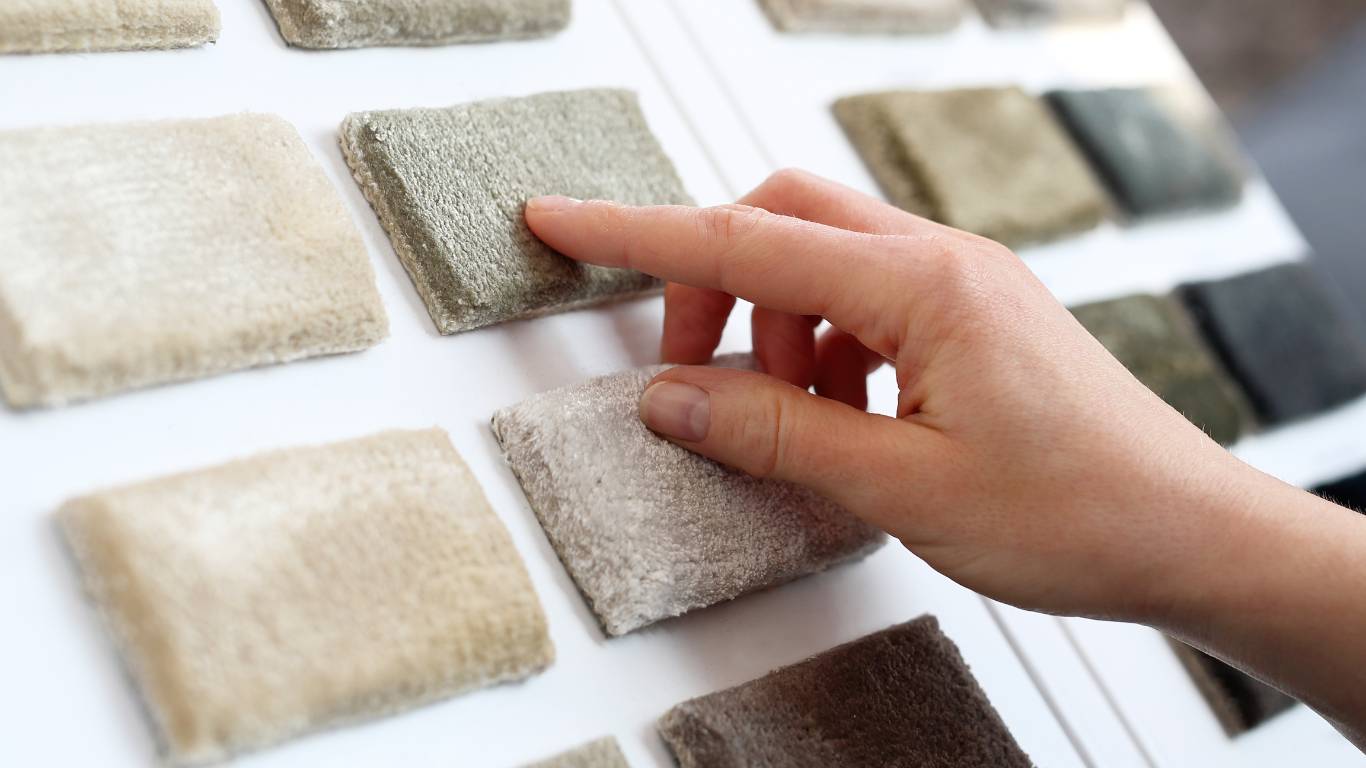
Assessing Carpet Condition
The condition of the carpet is a primary factor in determining whether replacement is necessary. Typically, carpets have a lifespan of 5 to 10 years, depending on their quality and type. However, this timeframe can vary significantly based on usage and maintenance.
High-quality carpets may last up to a decade or more with proper care, while lower-quality options might need replacing after just three years. The number of occupants and foot traffic in the property also play crucial roles in carpet longevity. Larger families or high-traffic households often lead to faster wear and tear, potentially necessitating more frequent replacements.
Regular maintenance, including professional cleaning, can extend a carpet’s lifespan. However, if the carpet shows excessive wear before the expected 10-year mark, landlords might need to consider earlier replacement, potentially sharing the cost with tenants depending on the circumstances.
Health and Safety Concerns
Certain carpet conditions can pose serious health and safety risks, making replacement a legal responsibility for landlords. Mould growth, for instance, can occur in damp or poorly ventilated areas, turning carpets into breeding grounds for harmful spores. This is particularly problematic if the carpet has been exposed to leaks or persistent moisture.
Torn or frayed carpets present trip hazards, especially for young children or elderly residents. These issues need to be addressed promptly to ensure tenant safety. Additionally, persistent odours from pet urine, smoke, or mildew that cannot be eliminated through professional cleaning may necessitate carpet replacement to maintain a healthy living environment.
If a carpet becomes excessively soiled and professional cleaning fails to restore it to an acceptable standard, replacement should be considered to uphold hygiene standards in the rental property.
Aesthetic Considerations
The appearance of the carpet contributes significantly to the overall appeal of a rental property. Even if a carpet is functional, its aesthetic condition can impact tenant satisfaction and the property’s marketability.
Tenants have the right to move into a rental property with carpets in good condition, suitable for comfortable living. If the carpet has specific damage like rips, burns, or stains not caused by the current tenant, the landlord is responsible for repairs or replacement prior to a new tenancy.
Regular inspections can help landlords identify when a carpet’s appearance has deteriorated to the point where replacement would significantly improve the property’s aesthetics. This proactive approach can help maintain tenant satisfaction and potentially command higher rental rates.
Cost-Benefit Analysis
When deciding on carpet replacement, landlords must consider the financial implications. The standard depreciation period for carpets in Australia is generally 10 years, suggesting that after a decade of normal wear and tear, replacement is expected regardless of condition.
However, this isn’t a rigid rule, and the actual timing can depend on various factors. Landlords should weigh the cost of replacement against the benefits of improved property value, tenant satisfaction, and potential increases in rental income.
It’s worth noting that if a tenant damages the carpet beyond normal wear and tear during their stay, the landlord can charge them for its replacement. This underscores the importance of thorough property condition reports at the beginning and end of each tenancy.
While there’s no national law dictating carpet replacement frequency, some Australian states have specific regulations or guidelines within their residential tenancies legislation. Landlords should familiarise themselves with local requirements to ensure compliance.
Open communication between landlords and tenants is crucial when addressing carpet conditions and replacement needs. Tenants should promptly report any accidental damage or deterioration, and landlords should be responsive to legitimate requests for carpet replacement due to poor condition.
By carefully considering these factors – carpet condition, health and safety concerns, aesthetic considerations, and cost-benefit analysis – landlords can make informed decisions about when to replace carpets in their rental properties, ensuring a balance between property maintenance, tenant satisfaction, and financial prudence.
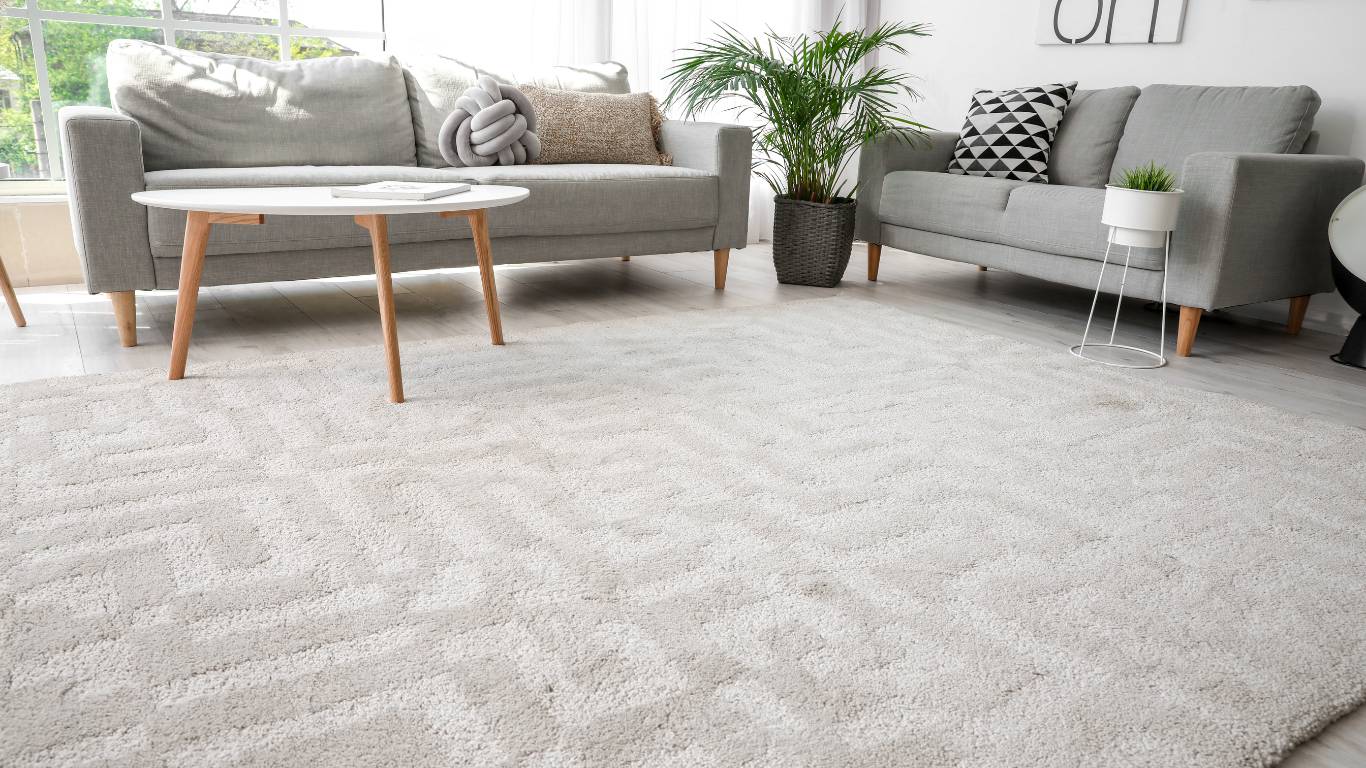
Final Thoughts on Carpet Replacement
Deciding when to replace carpets in Australian rental properties hinges on various factors, from quality and maintenance to health concerns and aesthetic value.
Landlords should monitor the condition of carpets meticulously and respond proactively to signs of significant wear. By balancing cost considerations with the need for tenant satisfaction and property upkeep, property owners can make informed, effective decisions.
Remember that open communication between landlords and tenants is key. Promptly addressing carpet issues ensures a healthy and appealing living environment, ultimately benefiting both parties.
Regular inspections, adherence to the “80 carpet rule”, and considering both legal and aesthetic factors will help maintain the property’s value and attractiveness, ensuring a positive rental experience for everyone involved.

